Conclusion
- Cannabis plant: basic concepts
- Types of cannabis: characteristics and effects of the plant
- Indica
- Sativa
- Hybrid cannabis variety
- Autoflowering cannabis strain
- What is the difference between a male and female cannabis plant
- Feminized cannabis seeds
- Quality cannabis seeds
- Growing cannabis: indoor or outdoor
- Planting cannabis plants: choosing the right environment
- Soil: the perfect medium for beginners
- Hydroponics: an environment for the more experienced
- Coconut coir: a versatile and sustainable medium
- Choosing lighting for cannabis plants
- Switching from fluorescent to LED lighting
- Feeding and watering cannabis: the basics of a healthy plant
- Plant nutrition: basic nutrients
- Conclusion
Cultivation cannabis is an adventure in which science and patience intertwine. The growing process is very interesting but also a bit complicated. In this guide, you will learn the important points of growing strong and high-yielding cannabis plants. You will also learn about the types of plants, how they differ, what Indica and Sativa are, how to use light, watering, and what kind of nutrition is needed for good plant growth.
Cannabis plant: basic concepts
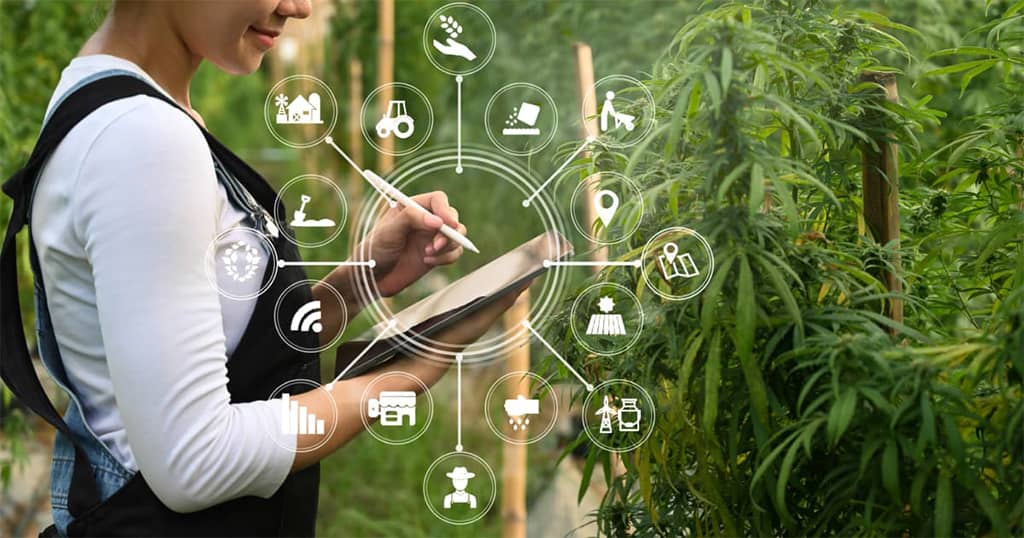
Before learning how to grow cannabis, it makes sense to understand some of the basics of the cannabis plant. Understanding the different types of cannabis is crucial to choosing the right variety to grow, especially for beginners. Each species has unique characteristics, growth patterns, and effects that cater to different preferences and growing conditions.
Choosing the perfect cannabis strain to grow involves considering many factors, including the plant's growth characteristics, space requirements, and the specific effects you want to get from using it.
Types of cannabis: characteristics and effects of the plant
Indica
Indica cannabis varieties are typically short, dense, and have broad leaves. They grow faster than Sativa varieties and have a shorter flowering cycle. Indica strains are known for their relaxing and calming effects, often recommended for use at night. They can help with anxiety, pain, and insomnia.
Indica is well suited for indoor cultivation due to its compact size.
Sativa
Sativa cannabis plants are taller, with narrower leaves and take longer to mature. They have a longer flowering period compared to Indica strains. Sativa strains are associated with uplifting and energizing effects, making them suitable for daytime use. They can improve creativity, concentration, and mood.
Due to their height and longer flowering period, Sativa varieties are most often suitable for outdoor cultivation.
Hybrid cannabis variety
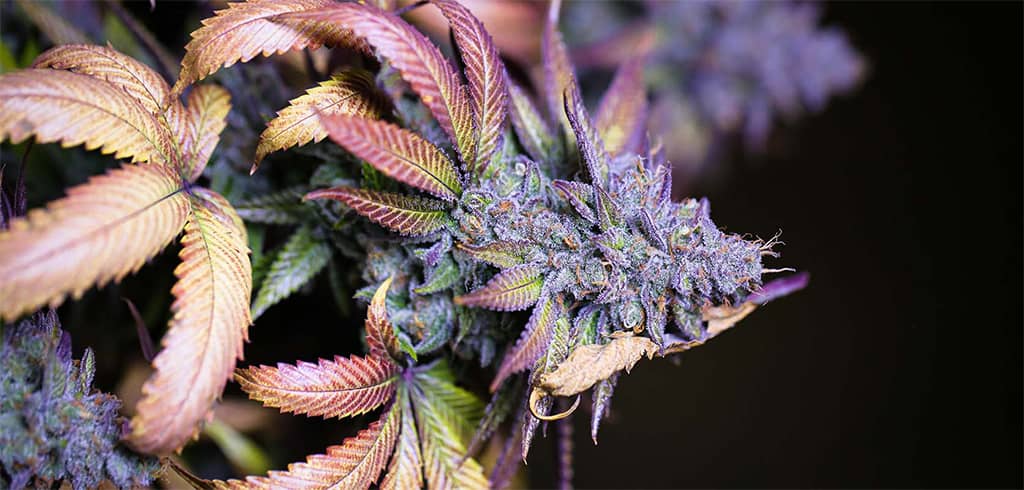
Hybrid varieties are bred from Indica and Sativa to combine the traits of both varieties. Their characteristics may be dominated by Indica or Sativa, or they may offer a 50/50 balance of both. The effects of hybrid strains vary greatly, offering a spectrum that can be tailored to individual needs, from relaxation to stimulation.
The requirements for growing hybrids depend on their dominant traits. You can choose a hybrid that is suitable for indoor or outdoor cultivation.
Autoflowering cannabis strain
Autoflowering cannabis varieties are distinguished by their ability to flower based on age rather than changes in the light cycle. They are usually compact and can bloom in just 2-4 weeks after germination. Autoflowers do not require changes in the light cycle to start blooming. This simplicity makes them ideal for beginners or those with limited space, as they can grow under almost any lighting conditions.
Due to their shorter life cycle, autoflowers allow you to grow crops more often. This is especially attractive for beginners who want to see quick results and gain experience. As a rule, they are more hardy and resistant to environmental stress, pests and diseases.
Thanks to the genetics of ruderalis, they are less susceptible to fluctuations in growing conditions, which reduces the risk of common mistakes made by novice gardeners.
What is the difference between a male and female cannabis plant
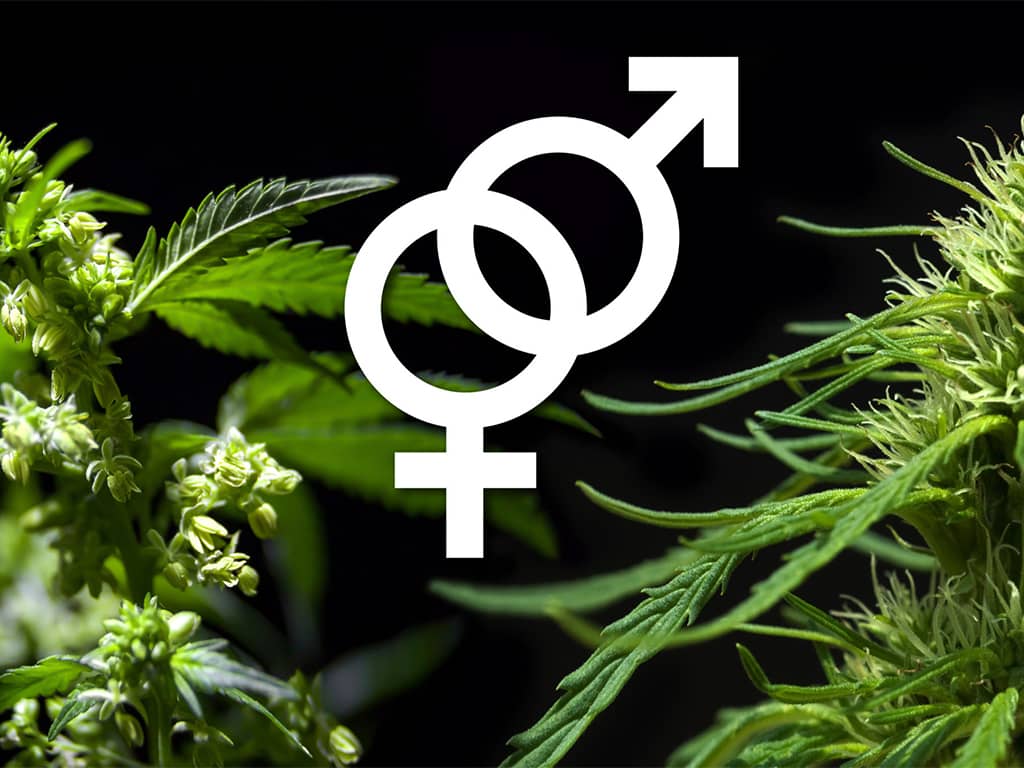
Hemp is a dioecious plant, meaning that both male and female plants can develop in it. This distinction is extremely important especially for those who are aiming to obtain cones that are formed only from female plants.
The male cannabis plants produce pollen sacs that are used to fertilize the female flowers, resulting in the formation of seeds. If male plants appear during cultivation, they are immediately removed from the growing area to prevent cross-pollination.
The female cannabis plants, which can be obtained by planting feminized seeds, produce resinous cones, which are the main purpose of cannabis cultivation. The girl forms flowers under 12 hours of continuous darkness for about two weeks - this process is known as the flowering stage.
Feminized cannabis seeds
Growers choose feminized cannabis seeds, these seeds are specially bred to produce only female varieties, which significantly increases the efficiency and yield of cultivation.
Advantages of feminized seeds:
- High yield. All plants obtained from the seeds are female, so growers can maximize their resources for growing plants.
- Efficiency. Growers save time and resources because they do not need to identify and remove males from their crops.
- Simplicity. The use of female seeds, especially useful for beginners, simplifies the growing process, allowing cultivators to focus on plant care and nutrition.
Quality cannabis seeds
The success of your cannabis cultivation starts with the genetics of the seeds you choose. High-quality genetics are the foundation for healthy plants, high yields, and the desired balance of cannabinoids and terpenes. Choose only high-quality cannabis seeds, and buy only from trusted seed sellers.
Growing cannabis: indoor or outdoor
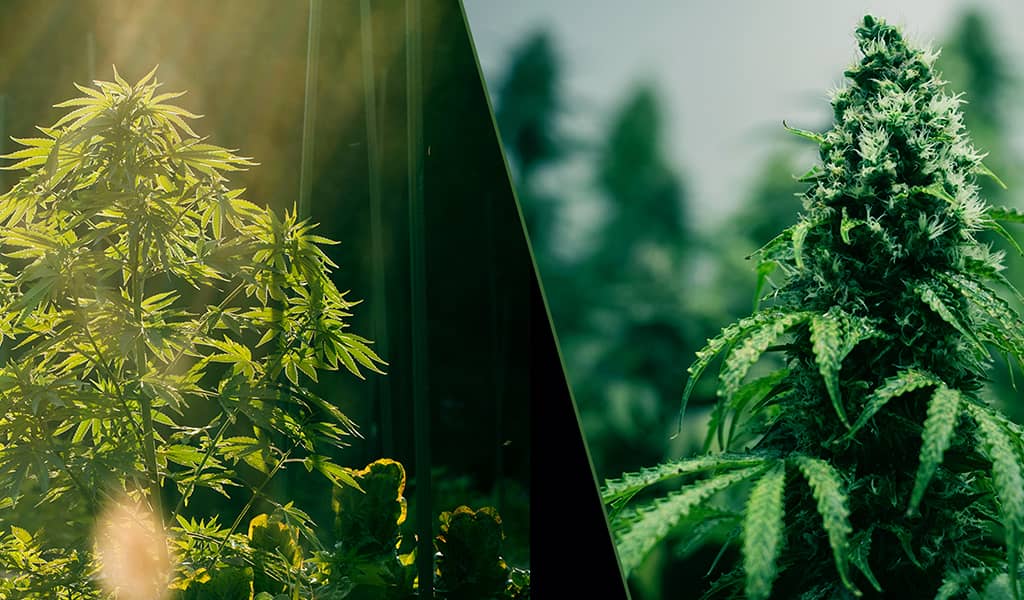
The choice between indoor or outdoor cannabis cultivation depends on preferences for control, cost, and yield. Indoor cultivation allows for precise control over the environment. This makes it possible to obtain consistently high-quality cones and harvest several times a year. However, indoor cultivation requires an initial investment to spend money on lighting, ventilation, and climate systems.
Outdoor cultivation utilizes natural resources such as sunlight, which reduces the need for equipment and initial costs. This approach leads to potentially higher yields. However, growers sometimes face challenges related to weather, pests, and a limited growing season.
The choice between indoor or outdoor growing depends on your goals and willingness to invest in equipment. Each method has its own unique advantages and features.
Planting cannabis plants: choosing the right environment
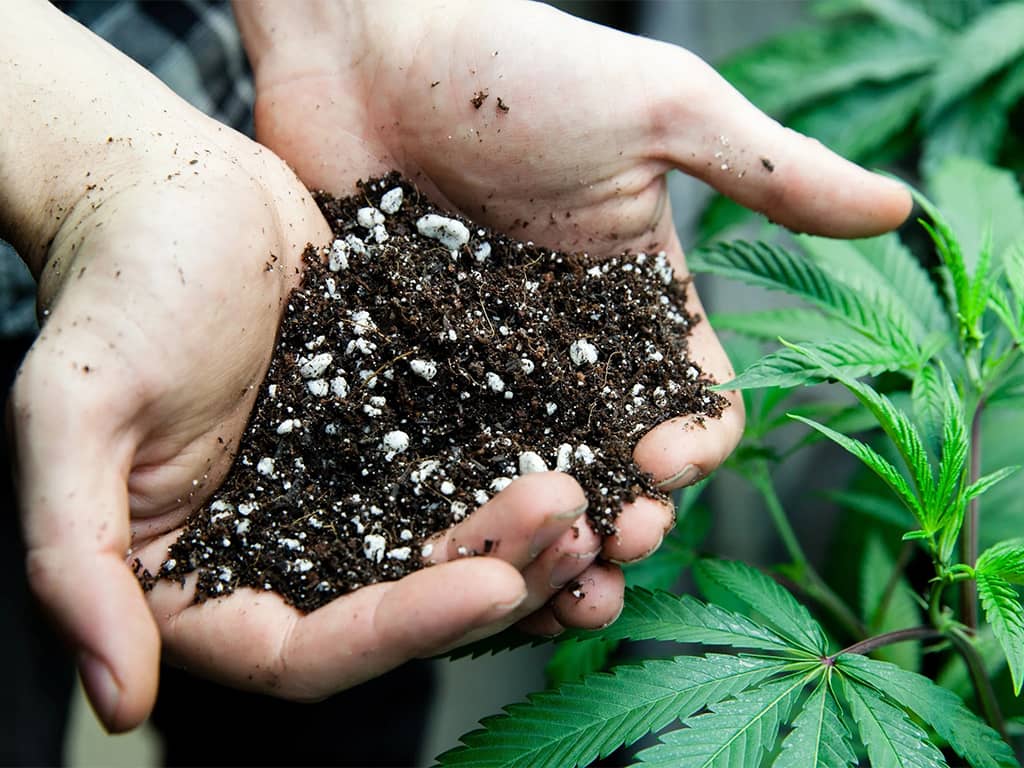
After germinating the cannabis seeds, the next important step is to choose the right medium. This choice plays an important role in the development and health of your plants by affecting the amount of nutrients, water retention, and aeration.
Soil: the perfect medium for beginners
Soil is the most traditional and natural medium for growing cannabis. It acts as a natural buffer for nutrients, making it more forgiving of minor mistakes. These characteristics are especially useful for beginners.
For beginners, it is recommended to use a high-quality soil mix that has perlite added to it to improve drainage and aeration. Such mixtures are enriched with compost or organic matter, providing a well-balanced nutrient base for young cannabis plants.
In addition to ease of use, cannabis grown in soil tends to develop a more complex terpene profile, potentially resulting in superior flavors and aromas in the final product.
Hydroponics: an environment for the more experienced
The hydroponic system is the cultivation of plants in a soil-free environment where the roots are in a nutrient-rich aqueous solution. This system provides direct nutrient absorption, rapid growth, and high yields.
This method requires careful monitoring of the pH and electrical conductivity (EC) of the nutrient solution to ensure that the plants receive an optimal balance of nutrients.
Coconut coir: a versatile and sustainable medium
Coconut coir, made from the fibrous husk or shell of coconuts, is a sustainable and effective alternative to soil. It provides excellent aeration and moisture retention, promoting active root development.
Coconut can be used in both hydroponic and hand-watered installations, making it a versatile option for growers of all levels. It requires more frequent nutrient applications than soil, but less than hydroponic systems.
The choice of growing medium and system should be tailored to your level of experience, interest in hands-on management, and the goals you have for your cannabis cultivation.
Each environment has unique advantages and challenges, which will allow you to adapt your approach to your needs and preferences as you gain experience.
Choosing lighting for cannabis plants
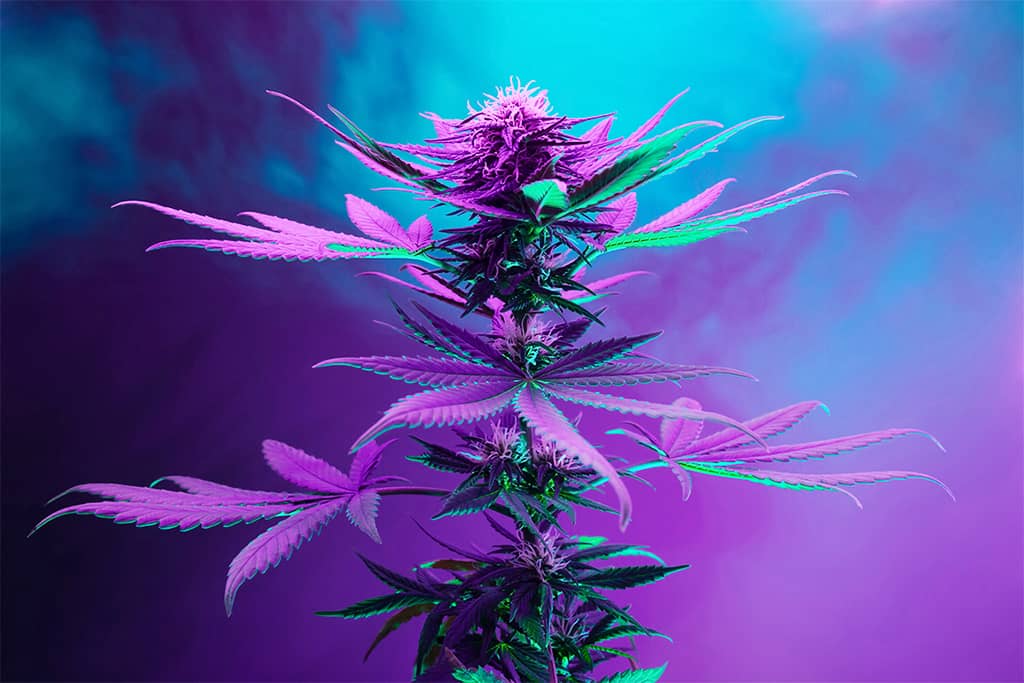
Full-spectrum LED lamps are highly recommended due to their energy efficiency and low heat dissipation, making them ideal for indoor cannabis cultivation. They mimic natural sunlight, supporting the healthy growth and development of plants from the seedling stage to flowering.
For those who prefer traditional methods, gas-discharge lamps such as MH (metal halide) for vegetative plant growth and HPS (high-pressure sodium) for flowering stages are effective, but they require more electricity and emit a lot of heat.
Switching from fluorescent to LED lighting
Initially, it is common to place seedlings under fluorescent lighting, such as CFL (compact fluorescent lamps) or T5 fluorescent lamps. These lamps provide a softer light intensity, which is ideal for young plants that are just starting to grow. Fluorescent lamps provide the right amount of light without overwhelming tender seedlings, which reduces the risk of stress or burns.
As plants get older, switching to more powerful light-emitting diode (LED) lamps can significantly improve their growth. Modern LED lamps are equipped with sophisticated diodes that emit a full spectrum of light, mimicking natural sunlight. This spectrum promotes active vegetative growth and stimulates flowering, which leads to higher yields. LEDs are more energy efficient and emit less heat.
While it is possible to grow seedlings directly under more powerful LED lights, using a dimmer or starting at a lower intensity can help simulate a more natural, gradual transition. This approach allows the seedlings to adjust to the increased light intensity without being stressed, which promotes stronger, healthier growth.
Pay attention to the distance between your plants and the light source. Adjust the height of the LED lamps to about 30 to 40 cm to avoid light burn and to ensure that the light is evenly distributed over the plant.
Properly managing the lighting in your grow room, from a soft start under fluorescent tubes to full spectrum LED lighting, will enable you to create an optimal environment that will support the vigorous growth of your cannabis plants from the sprouting stage to harvest.
Feeding and watering cannabis: the basics of a healthy plant
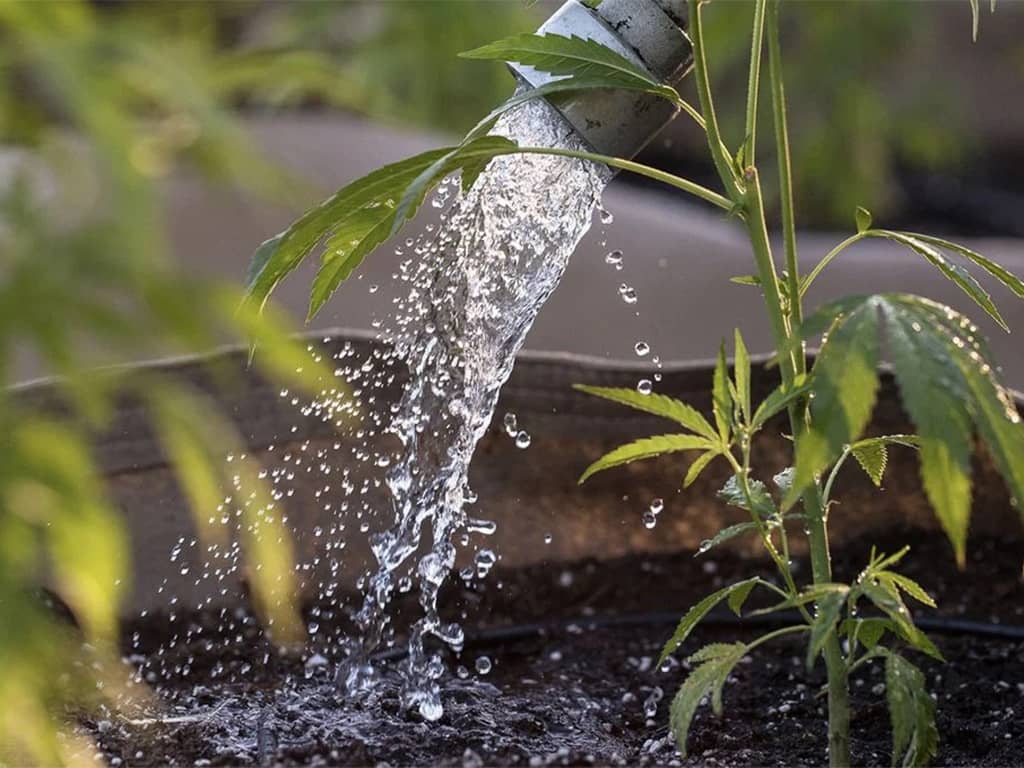
Cannabis plants need a balanced diet consisting of two main categories: macronutrients (nitrogen, phosphorus, potassium, often referred to as N-P-K) and micronutrients (such as calcium, magnesium, iron, and others).
Plant nutrition: basic nutrients
Understanding the principles of plant nutrition is fundamental to successful marijuana cultivation, as it directly affects health and growth. The main nutrients, which are divided into macronutrients and micronutrients, play different roles in the development of the cannabis plant.
- Nitrogen (N): Essential for vegetative growth, promoting leaf and stem development.
- Phosphorus (P): Promotes root growth and flowering.
- Potassium (K): Important for overall plant health, promotes photosynthesis, nutrient absorption and resistance to pests and diseases.
- Trace elements: Required in smaller amounts, but still important for plant development and stress resistance.
For beginners, using a ready-made cannabis nutrient mix can simplify nutrition management for self-growing, providing plants with balanced nutrition at all stages of their growth.
Conclusion
Growing cannabis is not just about growing - it is a practice of patience, learning, and respect for the plant. Hone your skills and deepen your understanding of the process, and remember the importance of a responsible approach to growing this wonderful plant. Follow legal regulations and be mindful of your environmental impact.
Let this guide serve as a foundation for your cultivation journey, encouraging you to further your scientific research, smart experimentation, and knowledge sharing within the cannabis cultivator community.
Attention! Errors Seeds does not encourage you to engage in cannabis cultivation and does not assist in any way. Cultivation is prohibited by the legislation of Ukraine. The article is for scientific and informational purposes only.
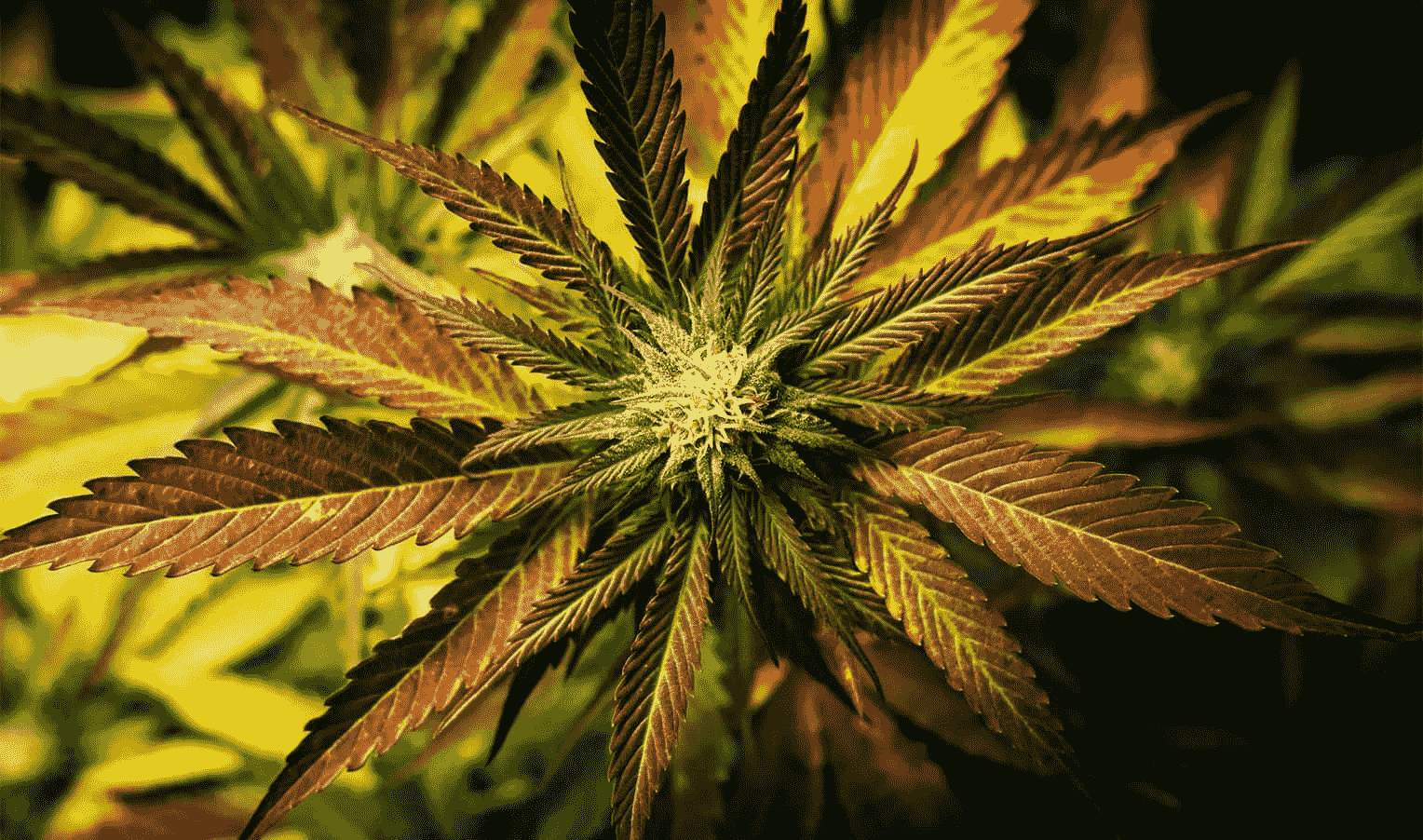
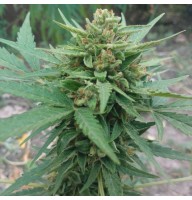
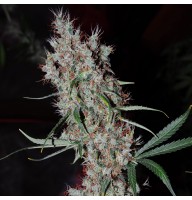
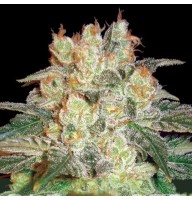
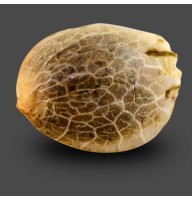
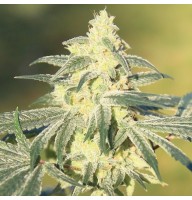
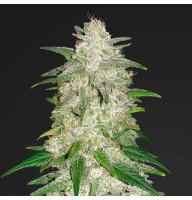
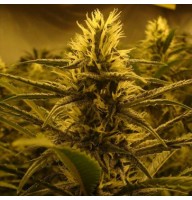
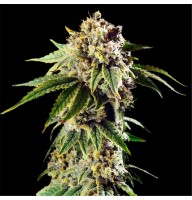
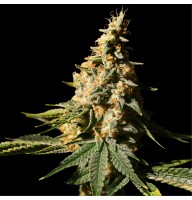
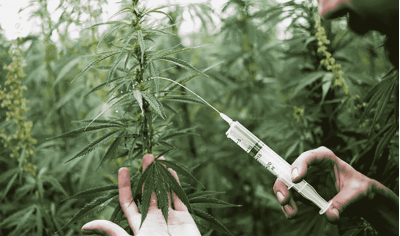
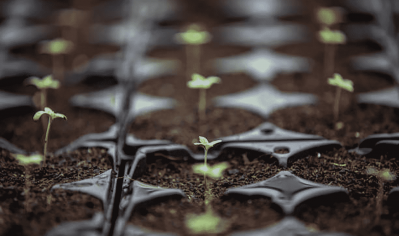
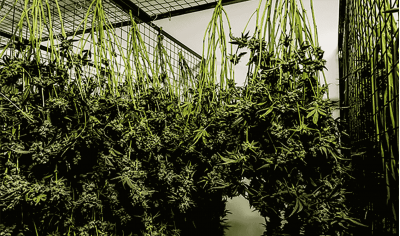
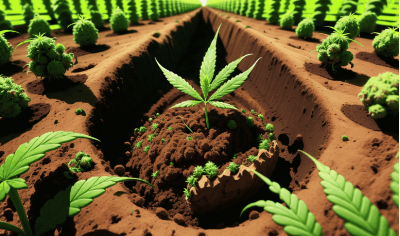
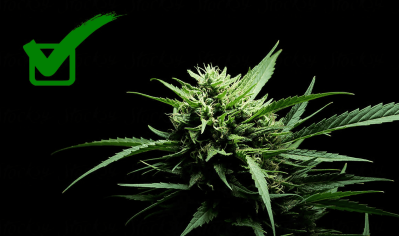
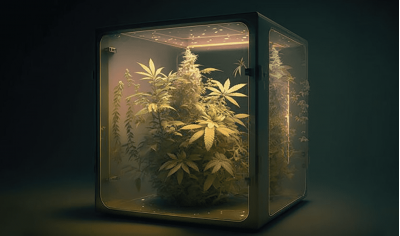
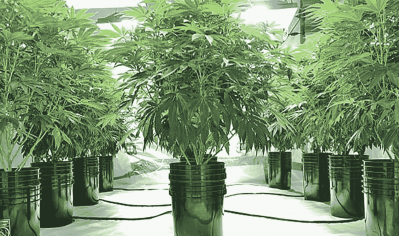
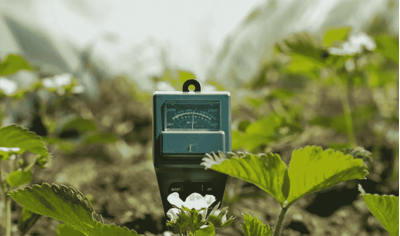
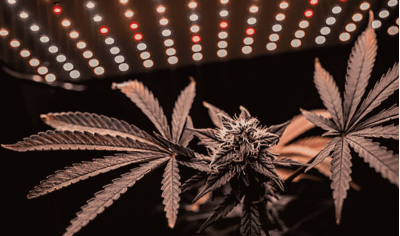
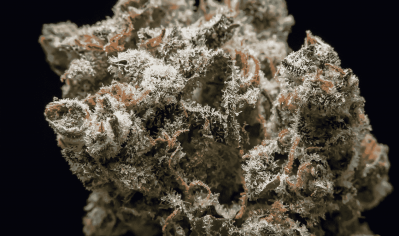
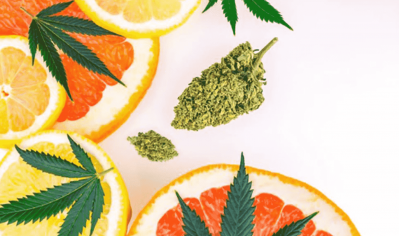
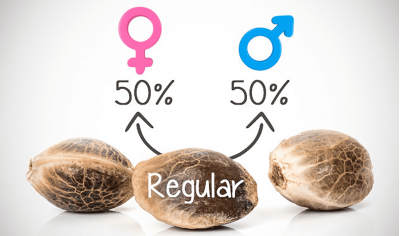
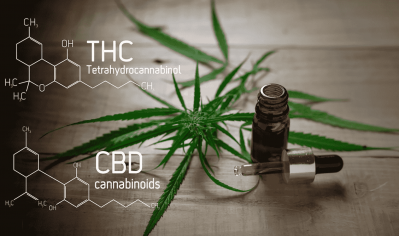
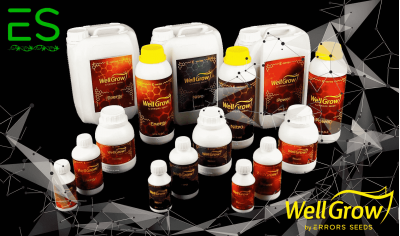

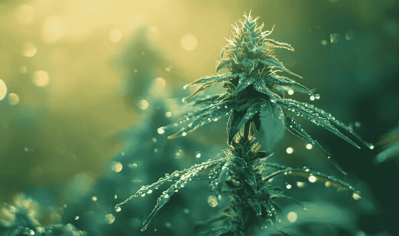
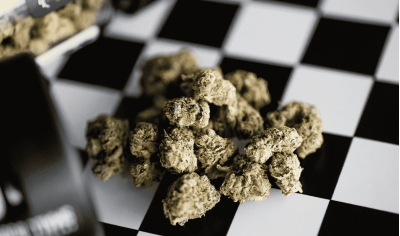
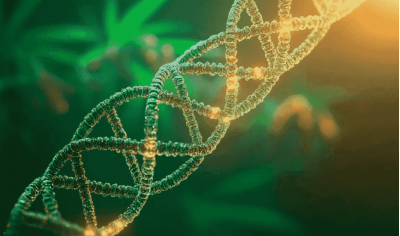
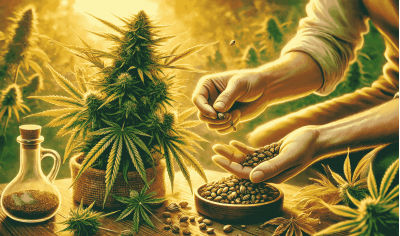
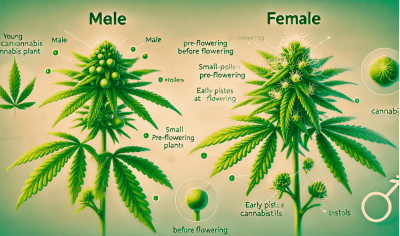
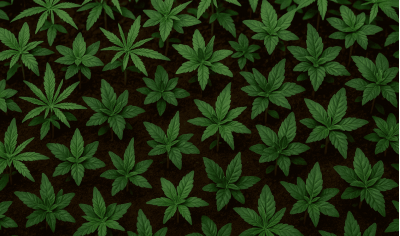
Write a comment